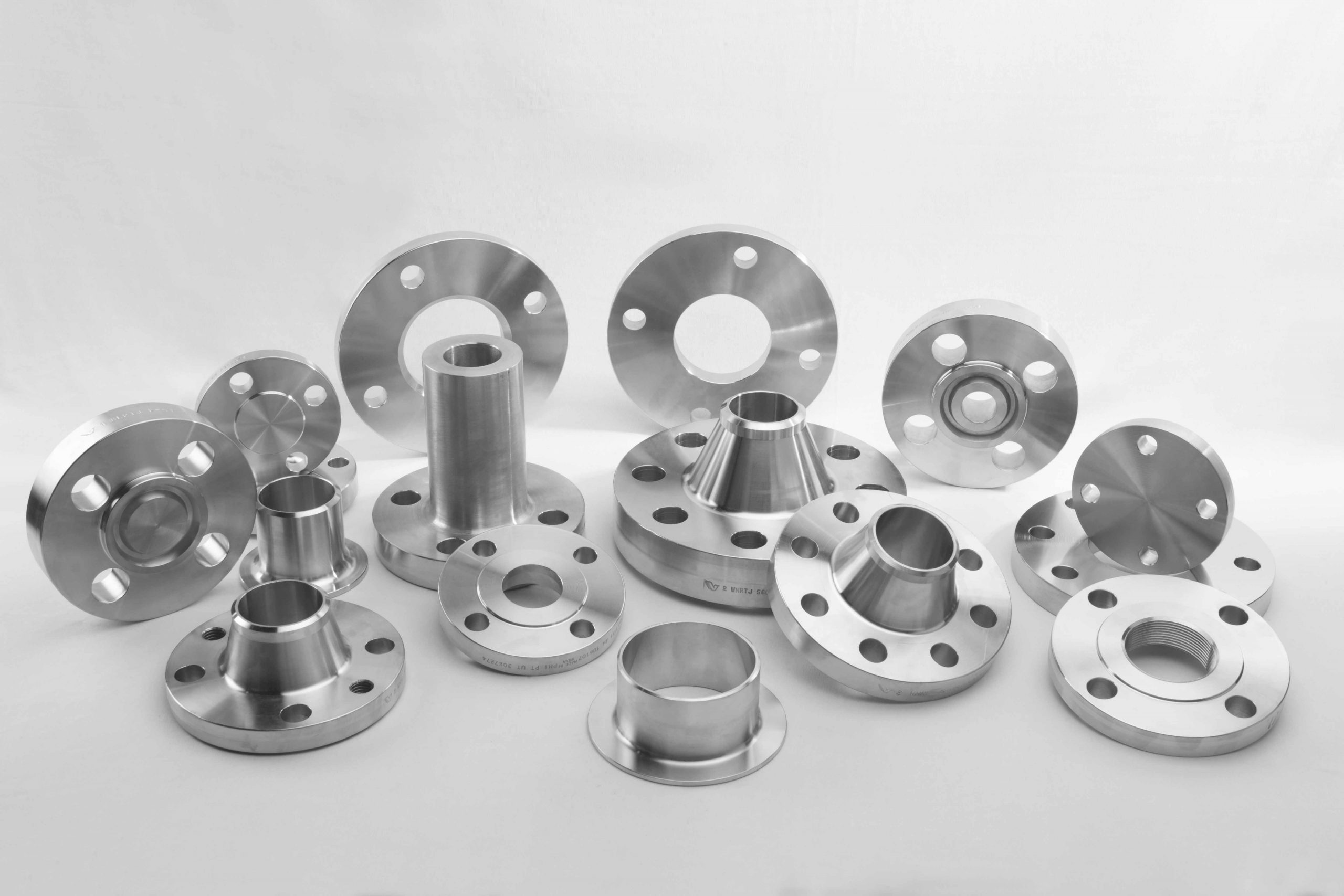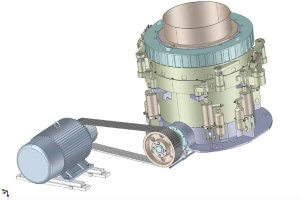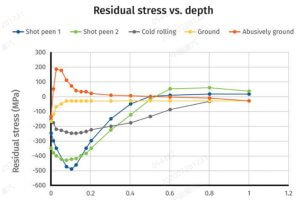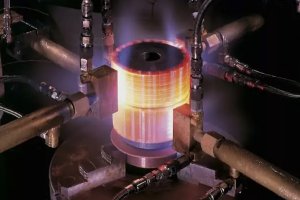Selection of Blank Forming Methods and Machining Processability
In the process of mechanical manufacturing, selecting appropriate blank forming methods and machining processability is crucial for the production efficiency and quality of parts. Here are some key steps and considerations.
Selecting Blank Forming Methods Based on Part Shape
Shaft Parts
Shaft parts have axial dimensions significantly larger than radial dimensions, including solid shafts, hollow shafts, crankshafts, and rods. These parts are typically used as transmission or load-bearing components.
- Plain Shafts: For plain shafts and shafts with small diameter variations and low mechanical performance requirements, rolled round steel is typically used as a blank for machining.
- Forged Shafts: For shafts that need to withstand greater forces, medium carbon steel (such as 30 to 50 steel) is used for light loads, while medium carbon alloy steel (such as 40Cr, 40CrNi, etc.) is used for heavier loads and undergoes quenching and tempering treatment. For shafts that experience significant impact and friction, nitriding steel (such as 38CrMoAl) with nitriding treatment or carburizing steel (such as 20Cr, 20CrMnTi) with carburizing and quenching treatment is used.
- Special Cross-section or Curved Shafts: Shafts with irregular cross-sections or curved axes, such as camshafts and crankshafts, are often made from cast steel (such as ZG270-500) or ductile iron (such as QT450-10), reducing manufacturing costs by using iron instead of steel.
Disc and Sleeve Parts
Disc and sleeve parts have axial dimensions significantly smaller than radial dimensions, or the dimensions in both directions are relatively equal, including gears, pulleys, flywheels, rings, etc. The material and forming methods for these parts vary greatly.
- Gears: As crucial mechanical transmission parts, gears bear contact stress and friction on the tooth surface, and bending stress at the tooth root. They sometimes also withstand impact force, requiring high strength and toughness for the teeth, and high hardness and wear resistance for the tooth surface. For small gears in large-scale production, stamping from sheet metal and pressure casting from non-ferrous alloys (such as ZL202) or injection molding from plastic (such as nylon) are commonly used.
| Part Type | Material | Forming Method |
|---|---|---|
| Plain Shafts | Rolled Round Steel | Machining |
| Forged Shafts | Medium Carbon Steel/Alloy | Forging |
| Special Shafts | Cast Steel/Ductile Iron | Casting |
| Gears | Medium Carbon Steel/Alloy | Stamping, Casting, Molding |
Machining Processability of Part Structures
Machining is an indispensable part of the manufacturing process. Rational design of part structures can significantly improve machining efficiency and quality.
Easy Clamping of Parts on Machine Tools or Fixtures
When designing parts, consider their ease of clamping on machine tools or fixtures. For example, improving the part structure to reduce the number of clamping times can improve machining efficiency.
Reducing the Number of Clamping Operations
Designing part structures to minimize clamping operations can significantly enhance production efficiency. For example, designing the structure so that multiple processes can be completed in one clamping operation.
| Before Structure Improvement | After Structure Improvement |
|---|---|
| Multiple Clamping Operations | Single Clamping Operation |
Using Standard Tools to Reduce Tool Variety
When designing part structures, standard tools should be used as much as possible to reduce the variety of tools and lower machining costs. For example, standardizing chamfers, fillets, and hole diameters on parts can reduce the frequency of tool changes and improve production efficiency.
Methods of Workpiece Installation
The method of workpiece installation varies under different production conditions, primarily including alignment installation and fixture installation.
Alignment Installation
Alignment installation includes direct alignment and scribing alignment. When installing a workpiece on a four-jaw chuck, the surface of the fixture is used as the alignment basis, and the workpiece is aligned using a scribing needle or dial indicator. This method is suitable for single-piece, small-batch, or large workpiece production.
Fixture Installation
Using fixtures to install workpieces eliminates the need for scribing alignment. The workpiece is positioned by the positioning elements on the fixture and clamped by the clamping mechanism. Common fixtures include universal fixtures, special fixtures, and combination fixtures.
Usage of Fixtures
Fixtures play a crucial role in the accurate and rapid installation of workpieces during machining. Proper use of fixtures can ensure machining quality, improve productivity, and reduce costs.
Universal Fixtures
Universal fixtures are standardized and can be used for various workpieces without special adjustments. Examples include three-jaw and four-jaw chucks on lathes, universal indexing heads on milling machines, and magnetic chucks on surface grinders.
Special Fixtures
Special fixtures are designed and manufactured for specific workpieces and processes, ensuring accurate positioning without alignment, suitable for batch and mass production.
Combination Fixtures
Combination fixtures use pre-manufactured standard components of different shapes and sizes, assembled according to the workpiece shape and machining requirements. They are particularly suitable for production with frequent product changes, such as new product trials and small-batch production. Compared to special fixtures, their disadvantages include larger volume, weight, and lower rigidity.
By applying the above methods and techniques, the efficiency and quality of mechanical part manufacturing can be significantly improved, and production costs can be reduced. Rational selection of blank forming methods and machining processability not only meets the usage requirements of parts but also effectively enhances the competitiveness of enterprises.
Other Articles You Might Enjoy
- Analysis of the Structural Manufacturability of Parts
Understanding Structural Manufacturability Structural manufacturability of parts refers to the feasibility and economic efficiency of manufacturing the designed parts while meeting the requirements. Good structural manufacturability means that parts can…
- Common Materials and Processability of Mechanical Parts
Mechanical parts are indispensable components in various machines and equipment. To ensure these parts operate efficiently under different working conditions, it is essential to understand the common materials used for…
- Requirements for CNC Machining Parts
Preparation Work Complete the necessary preparation before machining, including process analysis, process route design, tool and fixture selection, and program compilation. online cnc machining service Operating Steps and Contents Start…
- Analysis of Part Structural Manufacturability
Part structural manufacturability refers to the feasibility and cost-effectiveness of manufacturing a designed part while meeting the required standards. Designing a part that is easy to manufacture and cost-effective is…
- What are the requirements for CNC machining of bearing parts?
Bearings are common and important parts in the automotive industry, which can support transmission components and transmit torque. Generally, CNC machining centers are used to process bearing parts. So what…
- What should be noted about materials when machining parts with CNC?
When machining parts with CNC, not all materials can be precisely processed. Some materials are too hard and may damage the CNC machining tools, making them unsuitable for precision machining…









